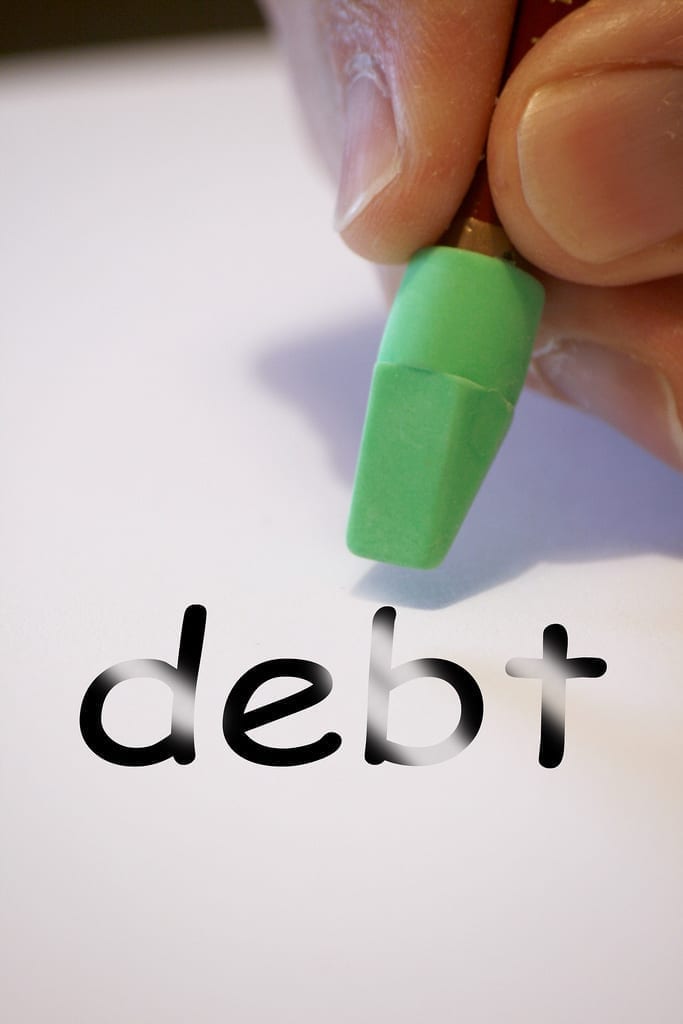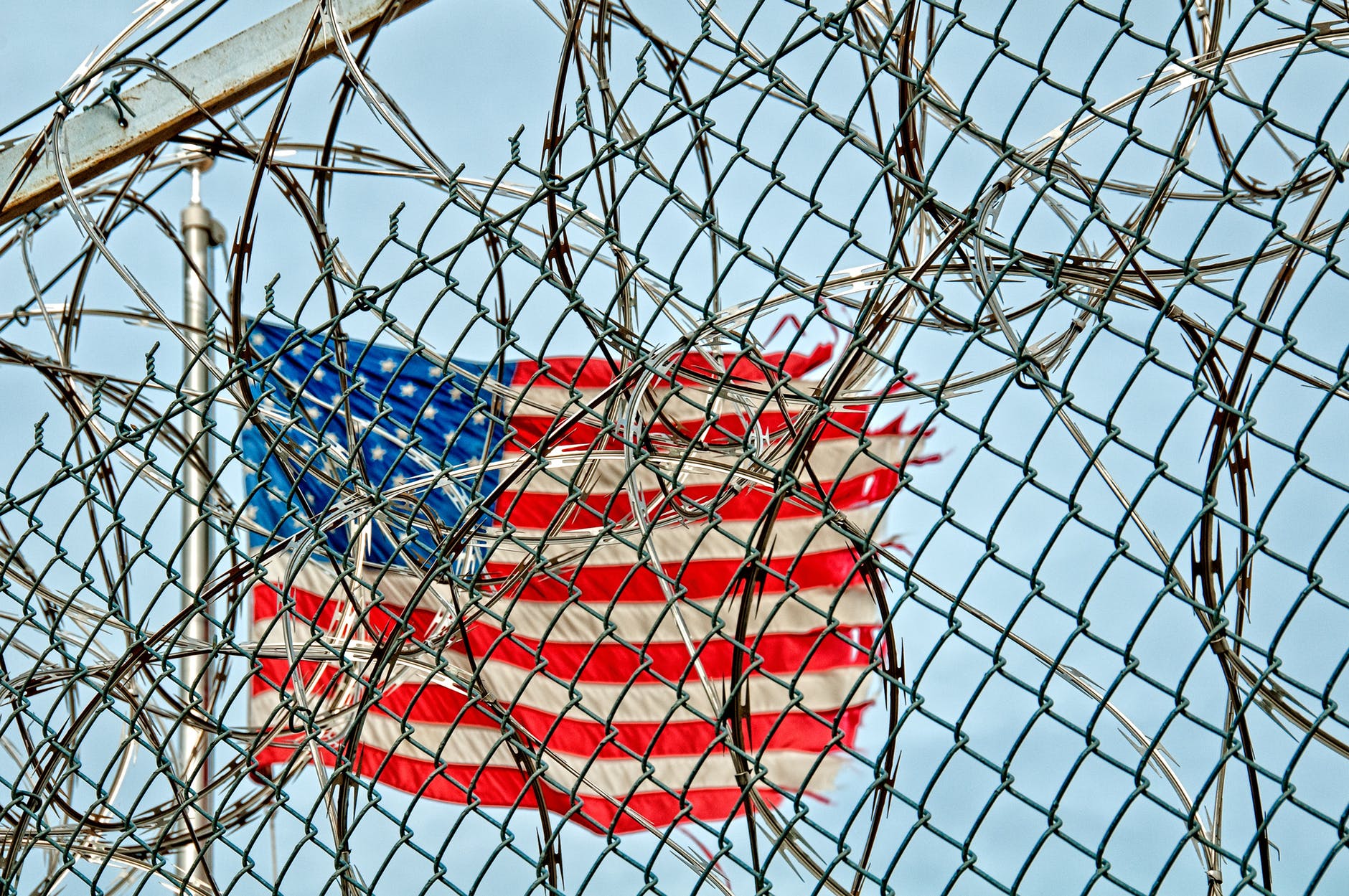The Completely different Sorts of Shopper Chapter Defined – Authorized Reader

Depending on their income, Chapter 13 gives families either three or five years to make income-based catch-up payments.
Even before coronavirus hit, many families were living on the razor’s edge. Now, and especially once COVID-19 financial assistance programs lapse, the situation is even worse in many households. Roughly 90 percent of Americans report feeling significant financial stress. As their financial prospects become bleaker, and debt collectors become more aggressive, an increasing number of these families will be considering bankruptcy in 2021.
Most of these people are looking for answers from a professional. If you cannot lay out their options plainly and succinctly, they will go somewhere else.
Therefore, it’s essential to explain the difference between a Chapter 13 and a Chapter 7, and not just for marketing purposes. Generally, Athens bankruptcy lawyers operate with little or no oversight. But this area is an exception. Legally, attorneys must explain the difference between a Chapter 13 and a Chapter 7. Referring clients to a blog post on this subject is a time saving idea. Breaking down these options in person is an even better idea.
Chapter 7
The type of debt largely determines the type of bankruptcy that’s best for a particular family. The coronavirus pandemic has been very hard on many families, especially if they were not terribly stable to begin with. That means more divorces and separations, especially as January (a/k/a divorce month) inches closer. The increased expenses, not to mention attorneys’ fees, usually mean increased credit card use.
A brief aside here. Divorces usually taper off beginning in late October and early November. Feuding couples often declare holiday truces. The good vibes usually last until after Christmas. Then, as Valentine’s Day marketing kicks into high gear, people reflect on how bad their marriages are, and they want out.
Credit card and other unsecured debt is generally dischargeable in a Chapter 7. These individuals must qualify under the means test. Their income must be lower than the average amount for that geographic area. A state-by-state breakdown is available here.
About six weeks after they file, debtors meet with a bankruptcy trustee. The trustee verifies the debtor’s identity and reviews a few financial documents, such as tax returns. Assuming there are no red flags, the judge usually discharges unsecured debt about six or twelve weeks later.
Speaking of tax returns, unpaid income tax, student loans, attorneys’ fees, and a few other obligations are priority unsecured debts. These debts are only dischargeable in certain situations.
Chapter 13

Likewise, during COVID, a significant number of people fell behind on mortgage payments, auto loan payments, and other secured debts. Now that the lockdowns appear to be over, at least for the most part, many of these families are getting back on their feet. So, they can afford to erase this delinquency. They just need time.
Depending on their income, Chapter 13 gives families either three or five years to make income-based catch-up payments. The Automatic Stay, which prohibits most forms of adverse creditor action, remains in effect.
The trustee’s role is also different in a Chapter 13. At the 341 meeting, the trustee essentially places the debtor on an allowance, largely based on the income/expense balance in Schedules I and J. After the debtor pays monthly bills, the trustee collects all the debtor’s disposable income and distributes it among secured creditors. As long as the payment is high enough to erase all delinquency before the protected repayment period ends, the judge almost always approves the plan at a brief confirmation hearing.
At the end of the Chapter 13 bankruptcy, the judge usually discharges any remaining unsecured debt, excluding the aforementioned priority unsecured debt.
“Chapter 20”
This form of bankruptcy is not in any of the hornbooks. It’s also not permitted in all jurisdictions. But in some cases, it’s a very useful tool.
Assume Julio has a large student loan he is unable to pay. Since he is behind on payments, he files Chapter 7 and requests a discharge of the loan. The judge denies the request, because Julio cannot show an undue hardship. What circumstances constitute an “undue hardship” vary in different jurisdictions.
Julio could file Chapter 13 after the judge closes the 7. That would give him up to five years to catch up on the student loan and pay it down free of bank harassment. Julio is ineligible for a discharge at the end of the Chapter 13. But he probably does not need one, since the Chapter 7 already cleared his other unsecured debts.





